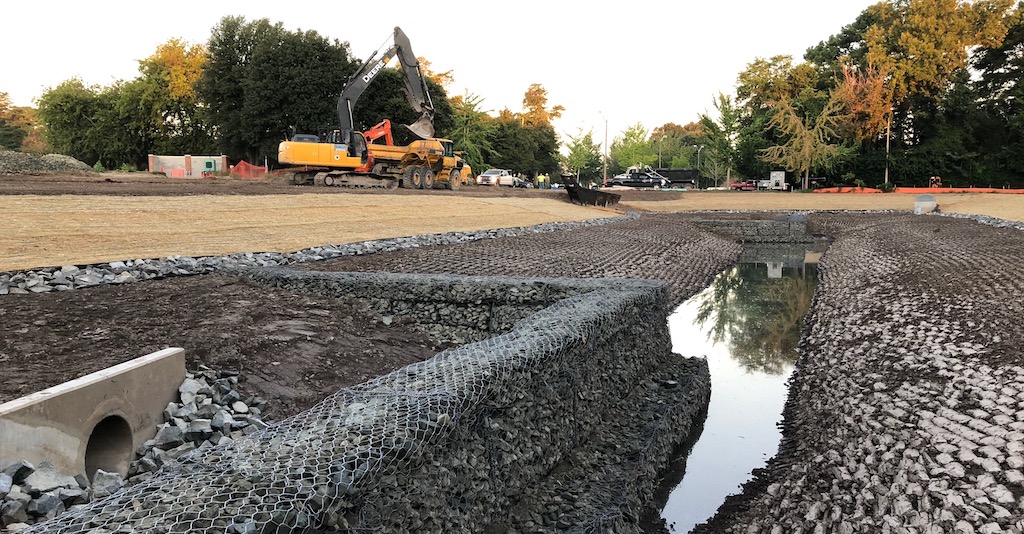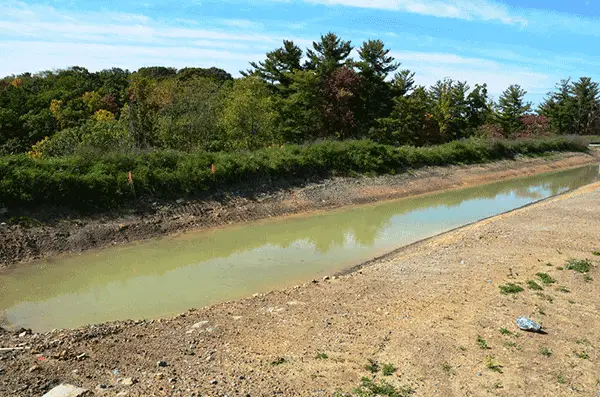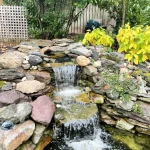Building a water retention pond is a valuable investment for property owners looking to manage stormwater runoff and prevent flooding. These ponds help to control erosion, improve water quality, and provide habitat for wildlife. In this guide, we will walk you through the steps to build a water retention pond on your property.
Step 1: Site Selection
Choose a location on your property that is naturally low-lying and where water naturally collects during rainfall. Make sure the area is away from buildings and septic systems to prevent any contamination.
Step 2: Design and Permitting
Consult with a professional engineer to design the water retention pond based on the size of your property and the volume of water it needs to hold. Obtain any necessary permits from local authorities before starting construction.
Step 3: Excavation
Begin by excavating the area to create the shape of the pond. The depth and size of the pond will depend on the site’s water retention needs. Save the excavated soil to use for landscaping around the pond.
Step 4: Lining
Line the pond with a durable material such as clay or a synthetic liner to prevent water from seeping into the surrounding soil. This will ensure that the pond retains water effectively.
Step 5: Outlet Structure
Install an outlet structure such as a pipe or culvert to control the release of water from the pond. This structure will help regulate water levels and prevent overflow during heavy rainfall.
Step 6: Vegetation
Plant native vegetation around the pond to stabilize the soil, prevent erosion, and enhance the overall ecosystem. Choose plants that can thrive in wet conditions.
Step 7: Maintenance
Regular maintenance is essential to keep the water retention pond functioning effectively. This includes removing debris, inspecting the outlet structure, and monitoring water levels.

Credit: www.youtube.com
Benefits of Water Retention Ponds
Water retention ponds offer numerous benefits to property owners and the environment. Some of these benefits include:
- Preventing flooding by storing excess water during heavy rainfall
- Improving water quality by filtering out pollutants and sediment
- Providing habitat for wildlife such as birds, fish, and amphibians
- Enhancing the aesthetic appeal of the property with a natural water feature

Credit: colonial-materials.com
Conclusion
Building a water retention pond is a sustainable solution for managing stormwater runoff and protecting your property from flooding. By following the steps outlined in this guide and ensuring proper maintenance, you can create a functional and environmentally friendly water retention pond on your property.





